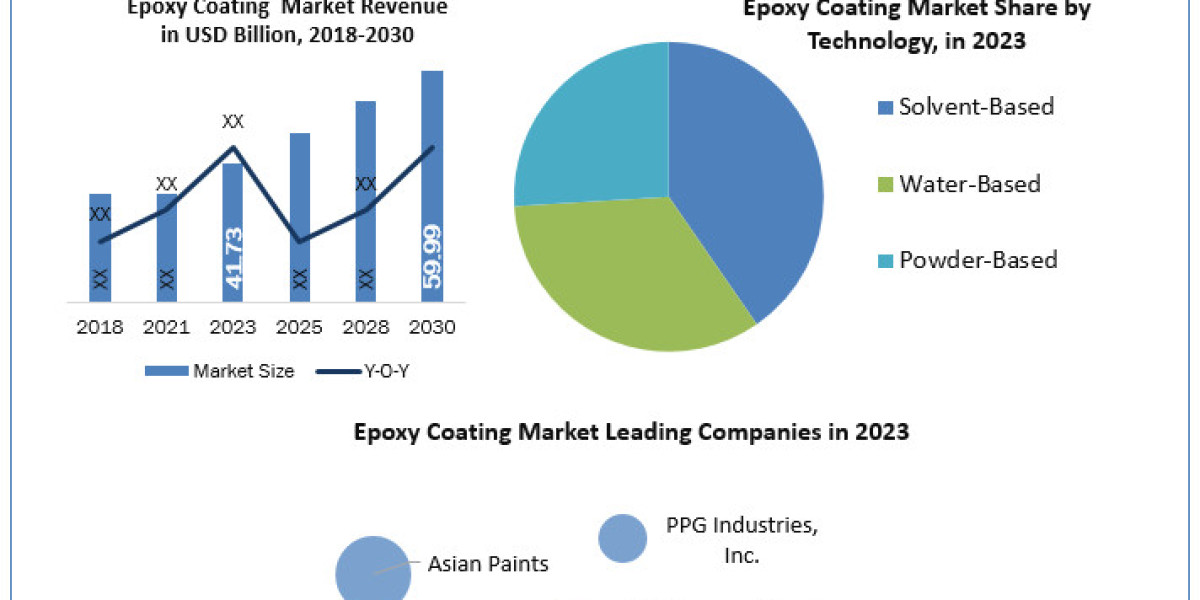Understanding Product Liability
Definition and Importance
Product liability refers to the legal responsibility that manufacturers, distributors, suppliers, and retailers bear for injuries caused by defective products. It is a crucial aspect of consumer protection law, ensuring that products meet safety standards and do not harm users. This area of law is vital for maintaining trust between consumers and businesses, and it helps uphold safety standards across various industries.
Types of Product Liability Claims
Product liability claims can be categorised into three main types:
- Manufacturing Defects: These occur when a product deviates from its intended design due to errors in the manufacturing process.
- Design Defects: These involve inherent flaws in the product design that make it unsafe for use.
- Failure to Warn: This type of claim arises when a product lacks adequate instructions or warnings about potential risks, leading to consumer injury.
Exploring Mass Torts
Definition and Characteristics
Mass torts involve legal actions where numerous plaintiffs file claims against one or a few defendants for harm caused by common actions or products. Unlike class actions, which treat all plaintiffs as a single entity, mass torts recognize the individual claims and circumstances of each plaintiff.
Differences Between Mass Torts and Class Actions
The primary differences between mass torts and class actions include:
- Individual Claims: In mass torts, each plaintiff’s case is treated individually, allowing for personalised settlements.
- Complexity: Mass torts tend to be more complex due to the number of plaintiffs and the need to address individual circumstances.
- Case Management: Mass torts often require multidistrict litigation (MDL) to streamline the process and manage the large volume of cases.
Common Causes of Product Liability and Mass Torts
Manufacturing Defects
Manufacturing defects occur when products are not made according to their design specifications, leading to unsafe conditions. Common examples include contaminated food products, defective automotive parts, and malfunctioning electronics.
Design Defects
Design defects are present from the outset, making products inherently dangerous. Notable examples include poorly designed machinery, unsafe pharmaceuticals, and hazardous children’s toys.
Failure to Warn
Failure to warn claims arise when companies do not provide sufficient instructions or warnings about potential risks associated with their products. This can include inadequate labelling on medications or insufficient safety instructions for machinery.
Legal Framework Governing Product Liability and Mass Torts
Regulatory Bodies and Standards
Several regulatory bodies oversee product safety, including the Consumer Product Safety Commission (CPSC), Food and Drug Administration (FDA), and National Highway Traffic Safety Administration (NHTSA). These agencies establish standards and regulations that companies must adhere to, ensuring product safety and consumer protection.
Significant Legal Precedents
Legal precedents play a critical role in shaping product liability and mass tort litigation. Notable cases, such as the asbestos litigation and the Johnson & Johnson talcum powder lawsuits, have set significant benchmarks for how these cases are handled and resolved.
Conclusion
The Future of Product Liability and Mass Torts
The landscape of product liability and mass torts is continually evolving, influenced by changes in regulations, consumer expectations, and technological advancements. Businesses must stay informed and proactive in managing these risks to protect their interests and maintain their competitive edge.
Proactive risk management is essential for navigating the complexities of product liability and mass torts.















